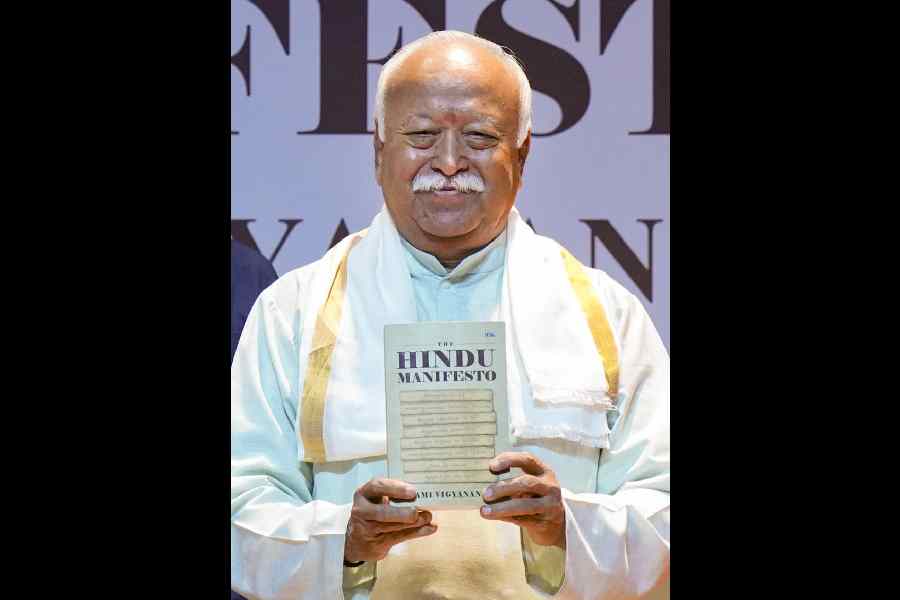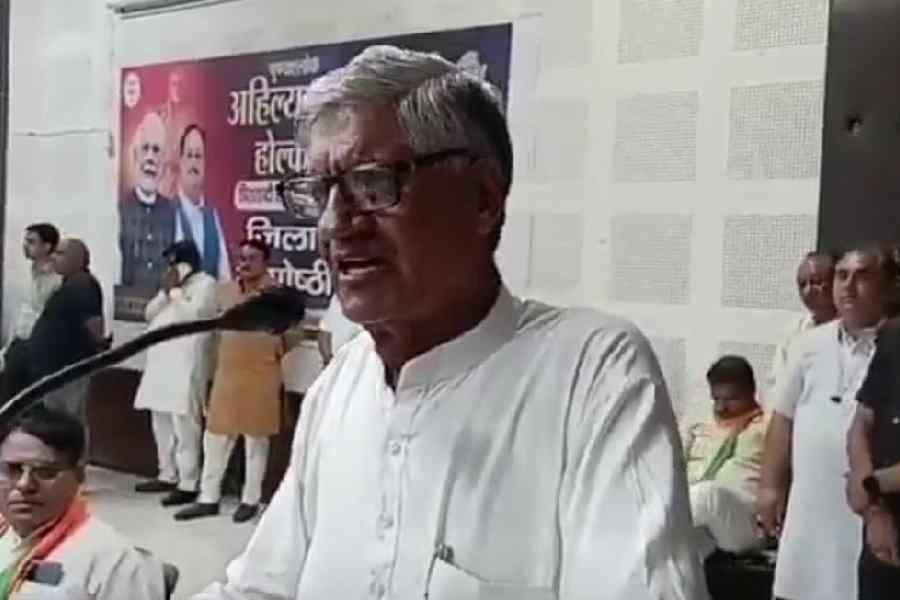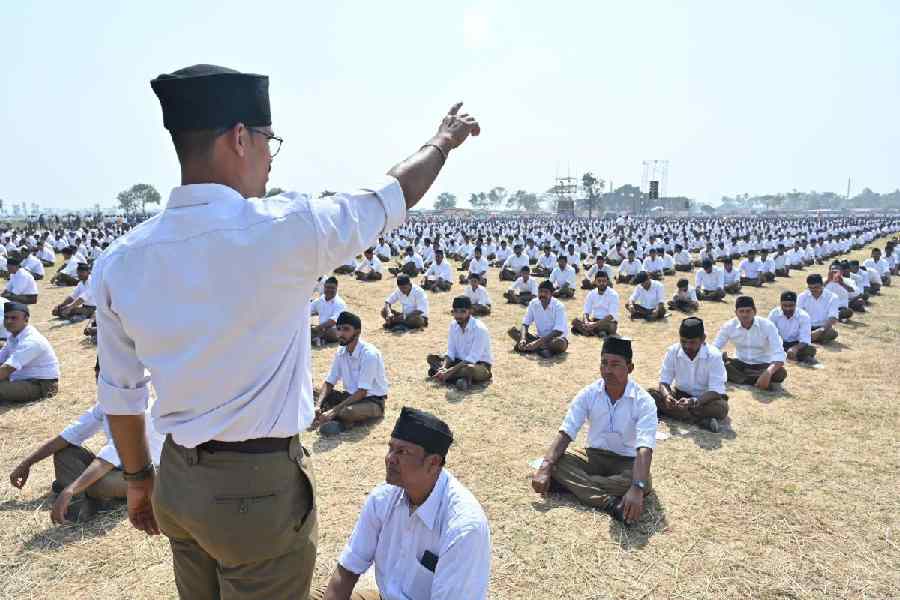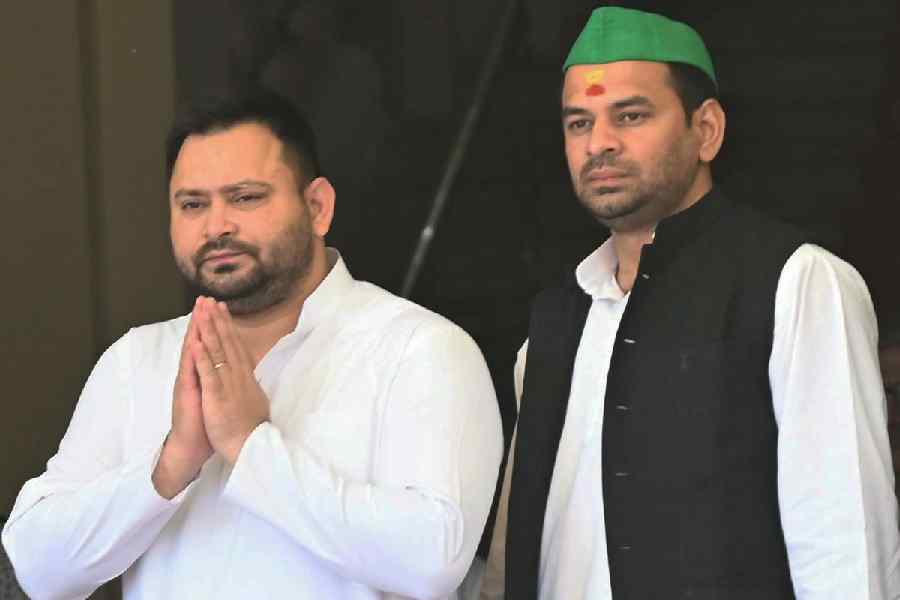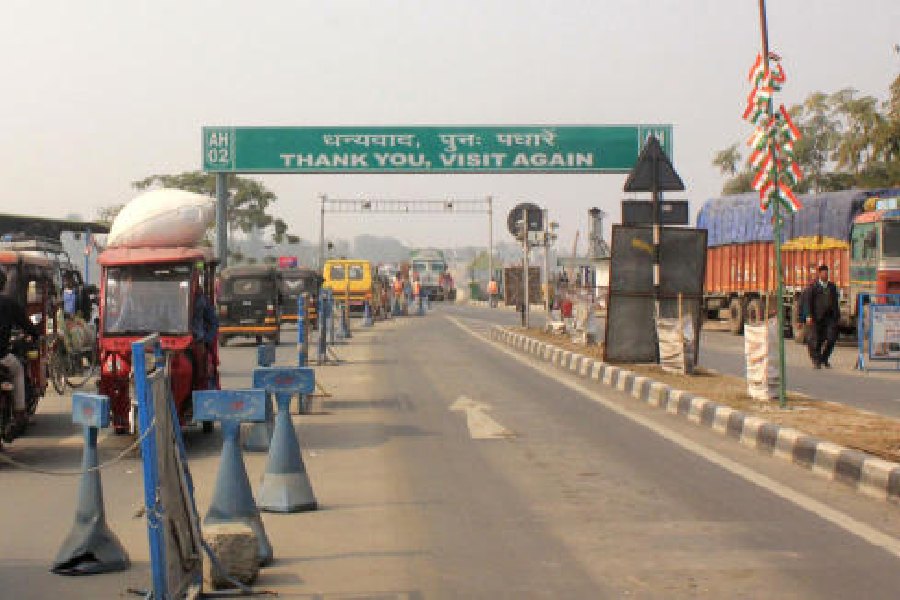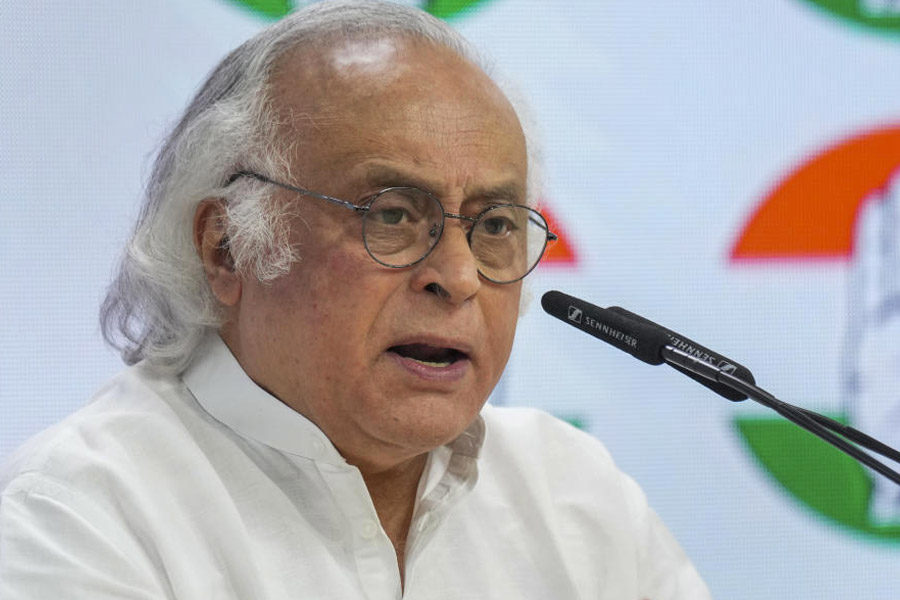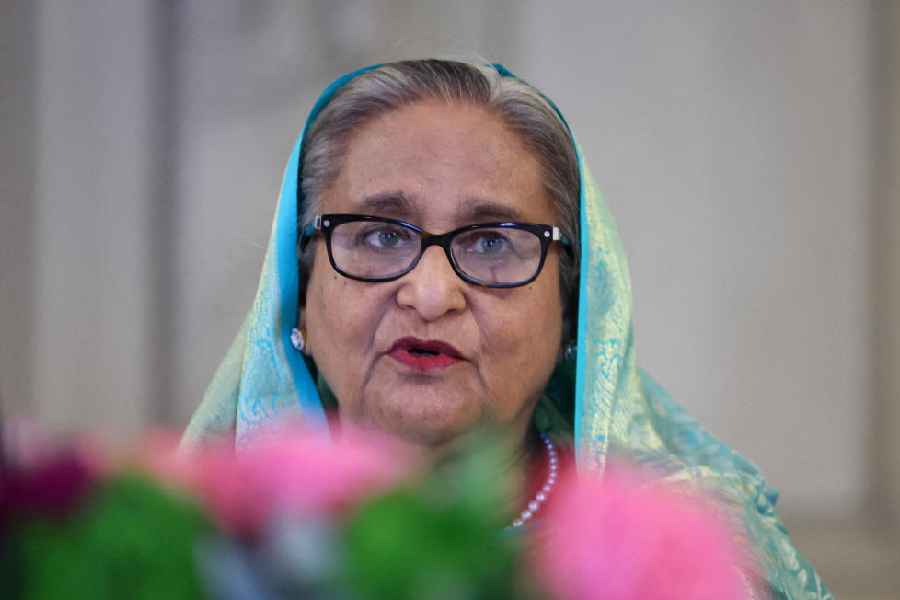Amity with a shadow of suspicion
There is a French saying: plus ca change, plus c?est la meme chose ? the more it changes, the more it is the same thing. And there is another French expression, deja vu, which has almost become a clich? of Indian journalese for something one has seen before. Every morning after spending a couple of hours going over six daily papers, I say to myself, ?In my country nothing changes very much. I?ve read this stuff before.?
This is not quite true because the very short bus ride of the prime minister, Atal Behari Vajpayee, from Amritsar to Wagah was refreshingly new and a welcome departure from the humdrum drudgery of petty politics which is the staple diet dished out by our daily papers. It was a brilliant public relations exercise. Although it was soured by the massacre of 22 innocents in Jammu by Pakistani ultras, the anger and sorrow the killing aroused were drowned in the wave of goodwill the visit generated.
However, it has to be conceded that the glory of the event was restricted to Vajpayee and Nawaz Sharif and the goodwill it generated was largely a one way traffic ? from India to Pakistan. Those who saw and heard our prime minister speak to the select audience invited to the Punjab governor?s garden party in Lahore will agree that he was at his poetic best. I wish he had been addressing multitudes of common citizens of Pakistan rather than the elite. Pakistanis continue to harbour suspicion about our motives and stick to the view that unless the Kashmir problem is solved to their satisfaction they must keep up pressure against us on the Siachen glacier and Kashmir. They regard themselves as the aggrieved party and have successfully persuaded many other countries that they have been wronged by India.
This is far from the truth as they refuse to see that if we give in to their demands we will have to face unforeseen and serious repercussions in our country. The only way out of the impasse that our two countries have created between us over Kashmir is to forget the past and take a fresh look at the problem. Let us forget the legacy left by the Dogras and see if we can resolve our dispute by taking its three constituents ? Ladakh, Jammu and the valley of the Jhelum ? separately. The only area of contention between us is the valley: it is for the people of the valley to decide their future provided they can guarantee safety of life and property to the minorities and rehabilitate Kashmiri Pandits who were forced to flee from it. After that has been achieved, both India and Pakistan must guarantee that they will not interfere in its internal affairs but help it to regain its peace and become prosperous.
Sky high in distinction
Did you know that 6,000 years ago Maharaja Bhardwaj wrote Vyamnika Shastras on flying machines? The history of flying really began in December 1903 when the Wright brothers took to air on a machine. Eight years later the first plane in India flew eight miles from Allahabad to Naini to drop mail. In 1913, the first flying school was set up in Sitapur, Uttar Pradesh. In World War I (1914-18) four young Indians joined the Royal Air Force and engaged in combat with German planes. Among them Indra Lal Roy, who was killed in action, was decorated; only H.S. Malik survived. He was nominated to the Indian Civil Service and retired as the Indian ambassador to France. His daughter, Harji Malik, is sorting out his papers to write his biography.
In 1933 the Indian air force came into existence. Among the first to join were two of my cousins, Bhupinder and Amarjeet Singh. Both were killed in a flying accident. Two others who joined lived to become air chiefs. This story is told in Sentinels of the Sky: Glimpses of the Indian Air Force researched and written by P.K. Pai, illustrated with spectacular photographs by A.K. Mote and Manoj Kumar.
The Indian air force has come a long way and is today among the most powerful fighting forces in the world. It has been through three wars with Pakistan and continues paramilitary operations on the Siachen glacier. What distinguishes it from the army and the navy is that it is the only wing of our defence forces that has had members of all communities as air chiefs.
Wise man of the masses
Ask any child in northern India ? from Punjab to Assam ? to recite the poem he knows by heart and chances are that nine out of 10 will come out with a doha by Kabir. Without doubt he was closest to the people amongst whom he lived and wrote in a language everyone could understand. And his message was the common strand that could be found in different religions: he could rightly be claimed as the patron saint of Hindu-Muslim unity.
S. Sathyamoorthy, secretary of the department of culture in the Central government, convened a meeting of kulchurwallahs from across the country to draw up plans to celebrate the 600th anniversary of the birth of Kabir on a national scale. They plan seminars for the educated elite, melas, street plays for all and sundry and concerts based on renderings of Kabir?s dohas. A bright idea was to make a selection of quotes from Kabir and ? just as exhortations by Rabindranath Tagore, M.K. Gandhi and Jawaharlal Nehru are displayed on public buildings ? placard his dohas on railway stations and classrooms in schools and colleges. Television channels and All India Radio will no doubt pitch in.
All this is very laudable but what?s missing is a definitive biography of the saint and authentic versions of his compositions. Despite there being many books written on him and translations of his verses, we are not sure of the date of his birth. The government has fixed the full moon of Jyestha as the appropriate time to launch the celebrations.
According to what I was able to dig out on Kabir, he was born in 1440 and died in 1518. There are over 500 hymns ascribed to him in the Granth Sahib, not all of which tally with the Hindi versions: nor do Namdev?s hymns in the scriptures tally with Maharashtrian originals. However, Guru Arjan Singh who compiled the Adi Granth within 100 years of Kabir?s death must have been able to lay his hands on what was ascribed to Kabir in the Punjab of his times. Among my favourites is ?Batee sooki teyl nikhoota?:
The wick is dry, the oil runs out,/ The drum is silent, the dancer sleeps,/ The fire burnt out, no smoke ensues./ He is immortal, no other the vigil keeps./ The string has snapped, the lute is mute,/ The player plays not, his art is gone./ It is all sermons, speeches, talk and idle gossip./ What knowledge comes, he forgets his song/ O Kabir, he who has conquered the five sins,/ (Lust, anger, greed, attachment and the ego)/ To reach the highest seat, he has not far to go.
BY ARRANGEMENT WITH THE HINDUSTAN TIMES
 Monday, 26 May 2025
Monday, 26 May 2025

